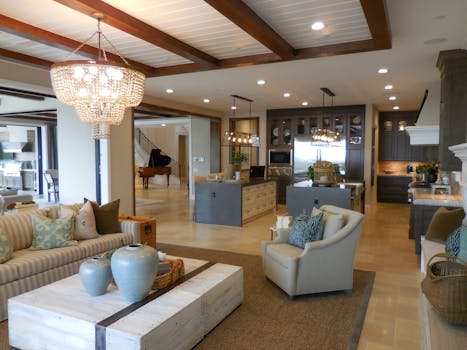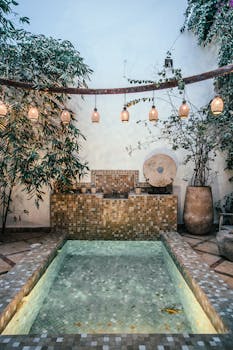If your home or living space is too small for a Christmas tree, or if you’re just looking to liven up a small area, we have some festive ideas for you. After all, no home is too small to fill up with Christmas cheer. Check out these Christmas decorating ideas for small spaces and get some…
Ultra Modern Villa Detailing Design Ideas Hybrid Architecture
27 Sep This modern home design has unique form. This villa has geometries choreographically shape structure with unusual detailing building accent, sculptural style architecture in modern atmosphere. A hybrid concept, isn’t it?. Surrounding with natural landscape make this modern villa protected and like escape from a crowd. Privacy can be determine from its angular shape…
8 Ways To Carve Out Space In A Small Bedroom
Aditi Sharma Maheshwari, Houzz A shoebox-size bedroom can still be an inviting, multifunctional and utterly chic yet homey space. With the right storage hacks, clever decor staples and a smart color palette, it can serve you well while seeming larger than it is. Here’s how. 1. Reduce clutter. The foremost strategy for making a small…
Bookmark These Design Features For Your Next Project
Mitchell Parker, Houzz 1. Fish-scale-patterned backsplash. Here’s a feature that’s popping up a lot lately: fish-scale-patterned backsplashes. The look is a big departure from subway tile, offering more movement and playfulness, but still has a certain elegance and a classic feel. 2. Dedicated storage. If you’ve got a collection, nothing beats custom storage dedicated to…
New Houzz Study Shows What’s Trending In Master Bathroom Remodels
Erin Carlyle, Houzz If you’re considering remodeling your master bathroom, which features do you most want to upgrade? If you’re like a large contingent of renovating homeowners who shared their priorities with Houzz recently, your shower area may top the list. Showers are a popular feature to change: The survey found that 81 percent of…
DIY Shabby Chic Bedroom Ideas
We are interested to find your taste and therefore we make some cozy motivations to embellish your home with shabby chic delights which charge a little and provide long and lasting feel of happiness. Now we are with some of ingenious and formative styled up modifications through DIY shabby chic bedroom ideas to change the tone of your bedroom into shabby chic fashion.
Here are some shabby chic bed’s ideas that yield an overwhelming and mind-boggling impact and compelled your inner to do so to have that lovely feel in your bedroom. The antique and distressed wooden factor is mixed with chic and friendly bedroom theme in plenty of significant ways like in form of shabby headboards, old aged wooden name plates on bedroom wall and in shape of wall art and paintings. The pallet wood is the best option for shabby mode of furniture and wall art.
Homeowners On Updating Or Ditching The Bathtub And What They're Replacing It With
Our 2017 U.S. bathroom trends study shows that some owners upgrade their tubs, while a sizable number bid them goodbye
How to retile a bathroom
Retiling your bathroom can give the space a bright new look, which is perfect if you’re sick of discolored tiles and mildew. However, you don’t necessarily need to get a pro in to do it. It can be a little tedious and repetitive, but if you’re careful, you can be left with a luxurious bathroom that you really love. Here’s how to retile your bathroom to get the bright look you’re hoping for:
Get The Right Tools Together
Make sure you have absolutely everything you need before you get started. They are as follows:
● Plastic sheeting to protect your bathroom
● Your chosen tiles
● Thin set adhesive
● Sandpaper
● Wet saw (you can rent one if you don’t own one)
● Safety glasses
● Notch trowel
● Bucket of water
● Sponge
● Rags
● Flathead screwdriver
● Level
● Rubber mallet
● ⅛ spacers
● Sharpie to mark your cuts
● Measuring tape
Prep Your Area
Make sure your area is prepped before you begin. Level a wall with patches of of thin set adhesive if you need to. Scrape off loose paper or paint, or lightly sand glossy walls. Remove outlet plates and switches before you begin. The wall should be clean and dry before you get started.
Measuring
Getting your measurements right the first time around will save you a lot of hassle. You don’t want to have to start something all over again! Measure carefully around your windows, corners, and outlets before you begin.
Plan Your Wall
You need to plan your wall with the pattern you want before you start. You should try to avoid awkward slivers of tile along the wall if you can. Practice dry laying the tiles on the floor to get an idea of what you want it to look like. You should also do this if you’re retiling the floor. Use spacers in your layout to get an accurate idea of what it’ll look like. Continue to reposition your tiles until you find the best lay out. It’s now time to mark your layout on the wall. Sometimes the edge of the floor can be crooked, so use a level as your guide.
Using Your Adhesive
Mix up your thinset with the instructions, ideally it shouldn’t be too wet or too dry – the consistency of peanut butter is perfect. Your tiles won’t stick properly if it’s too dry, or they will droop if it’s too wet. Only use as much adhesive on the wall as you can apply tiles to in 5-10 minutes. Some thinset dries really quickly. Creating grooves in your thinset with a trowel will remove excess adhesive, and will keep the tile stuck to the wall more effectively thanks to the suction. Double check all tiles to ensure they are level. Remember that it’s better to clean off excess thinset when it’s wet with a screwdriver and sponge than to chip it off later. Once your adhesive gets too thick and dry, make sure you make a new batch. If you just add more water it won’t be as sticky as it should be. One batch may only last 30 minutes! Really wiggle and press your tile onto the adhesive to ensure it’s stuck too. The thinset must then be left to cure for 24 hours, so no showering.
One Reddit User Built This DIY Reclaimed Sofa for $100

One Redditor took the “trash” laying around his home workshop —including two old mattresses he used for cushions — and turned it into this sleek, mid-century inspired, industrial-reclaimed couch. For about $100, not including tools.
DIY Shabby Chic Cabinets Ideas
We are here to inform and introduce you to some of functional, decorative, systematic and storage supporting DIY shabby chic cabinet ideas to live well in shabby chic environment. The combinations of shabby furniture with chic and friendly room and home atmosphere are mostly appreciable and preferably adopted. We also love this type of marvelous and distressed wooden projects.
Here are some recycled and antique shabby looking wooden cabinets which mix-up with the room theme and cause and attractiveness and glamor. The ideas refer to different location of a complete dwelling and has been applied in kitchen, hallway, entry way, porch and living room. Some cabinets have shown as individual in standing, a few have been hanged on wall in shabby mood and some have been fixed for storage.
Your Own Japanese Garden: Part 2
The addition of a Japanese garden to your front yard may enhance the salability of your home. An intriguing front yard of any type adds ambiance to a property. If a prospective buyer is drawn to your yard, perhaps he may be intrigued enough to view your home.
At this time of the year, the Japanese front yard stands out as one of the most eye-catching; it is because it does not need flowers to enhance it. Its charm is there regardless of plants; Japanese gardens follow Zen philosophies and are not difficult to reproduce in North America. They will lend themselves to any climate and any variation of plant.
Creating a Zen garden may even bring you some Zen contentment as a side effect! In “Your Own Japanese Garden: Part 1”, the concept of assembling your own garden was discussed with particular attention to its ambiance, focal points, rocks and lanterns.
In this section – “Your Own Japanese Garden: Part 2”, the plants, water, bridges, vessels and aging aspect are all explored. Plants in the winter can be fairly non-existent but your Japanese garden will still look good, because it has an intriguing design that does not rely on blooms.
Snowdrops and a Japanese flowering cherry may be your first blooms in the spring. If these are unavailable to buy in your climate, use a local tree, shrub or cactus.
For a tall backdrop near a fence there is a flowering Japanese daisy that does well in cool climates. It is most commonly seen in white or pink. If you really love your blooms, then spread them around as you wish!
Pansies lend themselves well to the Japanese garden and also honeysuckle (plant it near your seating area to enjoy the scent). Lilies and gladiolus also blend in with the look, and if you have a pond, add water lilies.
One of the plants that somehow looks Japanese is the begonia; they come in miniature or regular, and their colors are vivid. If you live in an area where not many flowers will bloom, try sticking to one color; consider buying every flower in white to keep to the simple idea.
If you buy evergreens, remember that you can choose from yellow, gray-green and blue-green as well as the traditional green. The red-leafed bush is also a colorful addition, and good ‘filler’. If you live in the desert, choose from the exotic collection of unique plants available to you there. Play more with the rock and ornamental pathway idea of laying out your garden.
Many people have put in their own pond; pond liners are inexpensive and instructions for the novice are easy to find on the Internet or in books.
A pond does not need a pump and can be small or large. However, some people prefer the use of a pump to allow the water to cascade over carefully placed rocks, etc.
A pond is a small area of Zen ‘nothingness’ where nothing else resides; water is also seen as the symbol for cleansing and purification. The sound of running water is said to soothe the soul, and have a de-stressing effect on the mind. However, if taking on a pond that complex is rather daunting (and stressful!) – there are other options.
Some of the self contained portable fountains where the water circulates within its own container can be found in bamboo styles. This would satisfy the need for the sound of running water; you may have to use an extension lead to operate it.
A truly Japanese focal point, and one that the Zen design ideally calls for, is a small bridge. This is to take you from one world to another; specifically from the troubled world in which we live into the soothing world of your Zen garden. Bridges can be ordered from the Internet, but you have to put them together yourself. Or maybe a local carpenter will create one for you?
If you buy a long shaped pond liner, you can place your bridge at one end of it and just plant tall bamboos or reeds on the far side of the bridge. This will suggest that your pond is bigger than it is and that the water runs under the bridge and past it.
To protect children and to keep your garden safe, install a stainless steel grid a few inches under the water level to ‘catch’ falling children.
Empty vessels and containers in stone, wood or terra cotta or another natural medium are appropriate in the Zen garden. The idea started with cracked teapots from Japanese tea ceremonies that the monks thought were too pretty to throw away. It has escalated into pots and empty vessels, and in some ways, the idea that the pot is old and was once useful ties in with the Japanese need for the reverence of age.
Venerability is highly regarded and in Zen gardens this need for maturity or dignity is represented by old, gnarled tree trunks, the patina on old stone, weathered wood or silvery gray driftwood. Old stone with moss nearby and growing over the top of the stone is a well known feature.
Maybe you can find your own moss by going for a country walk and lifting moss by sliding a knife underneath it. Keep it damp on the way home and try to cultivate it in your own garden. With one or more of these representations of aging, your garden is allowing the element of time to be revered.
Once you have created the true Zen garden, it will have ‘shibui’: there is no real translation, but a restrained and simple elegance comes close to describing it. It should also help you to resonate with stillness as it will emanate ‘seijaku’ – peace and calm.
Facade of glass makes it possible for for far-reaching views – sculptural architecture
An remarkable family members house is located straight on the ocean coast in Carmel, California, and impresses with modern, sculptural architecture. The home building consists basically of glass and concrete, the rooms have a generous and brilliant visual appeal and a pleasant brightness within…
An remarkable family members house is located straight on the ocean coast in Carmel, California, and impresses with modern, sculptural architecture. The home building consists basically of glass and concrete, the rooms have a generous and brilliant visual appeal and a pleasant brightness within the complete home conjure. The facade of glass allows breathtaking vistas and views into the surrounding untouched nature, which can be viewed from each angle of see. The backyard fascinates with fantastic, geometric shapes and curved lines that gently pass into the roof building.
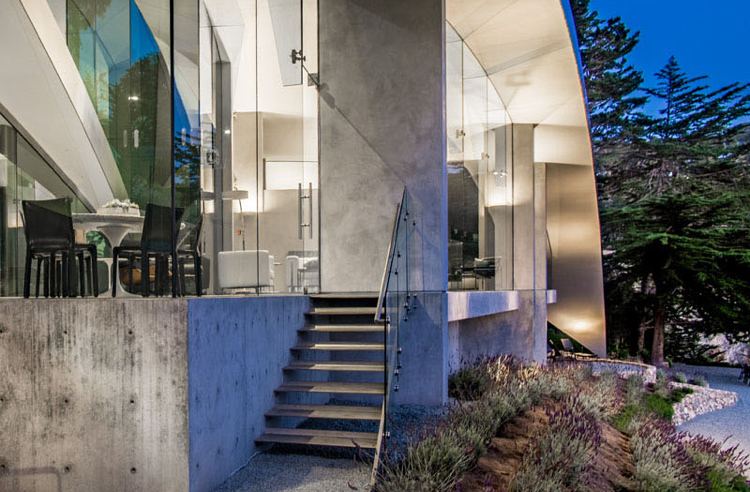
In organic light, not only the plants bloom but we also humans. The floor-to-ceiling glass walls and the facade of glass allow pleasant brightness and effectively-currently being in each and every room. The transparent material provides the residence a extremely modern touch, whilst at the exact same time offering you the chance to enjoy the magnificent landscape panorama – the surroundings and the lovingly tended garden. Inside, a seamless, sweeping see of the coast, the ocean and the steep landscape opens up.
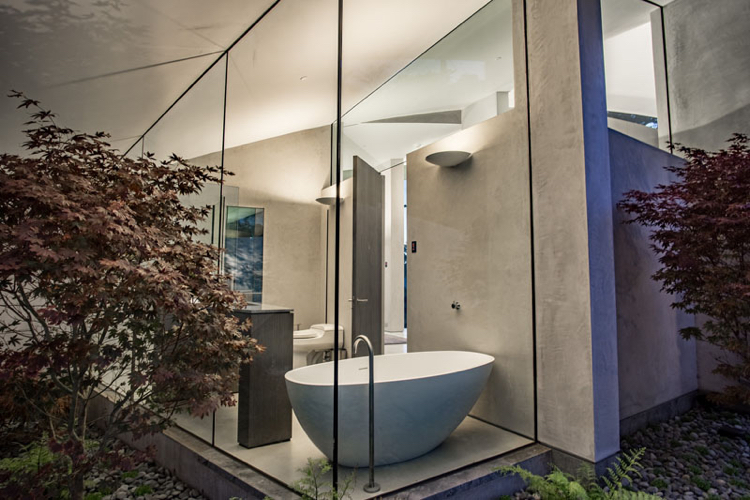
The floor in the complete house is produced of polished concrete. The robust material harmonises wonderfully with the glass and steel elements, which can be witnessed within and outdoors the rooms. An sophisticated and modern day environment is produced, which properly complements the easy, easy furnishing. The areas and the furniture are completely aligned with the view and the gorgeous landscape.
So you can appear at nature from distinct angles and take pleasure in. The residing space, down to the ceiling and the floor, Seems to be fully transparent. Its contours dissolve completely into the azure ocean and surrounding lava stone. The variable walls underline the flexible and generous lifestyle of the residents.
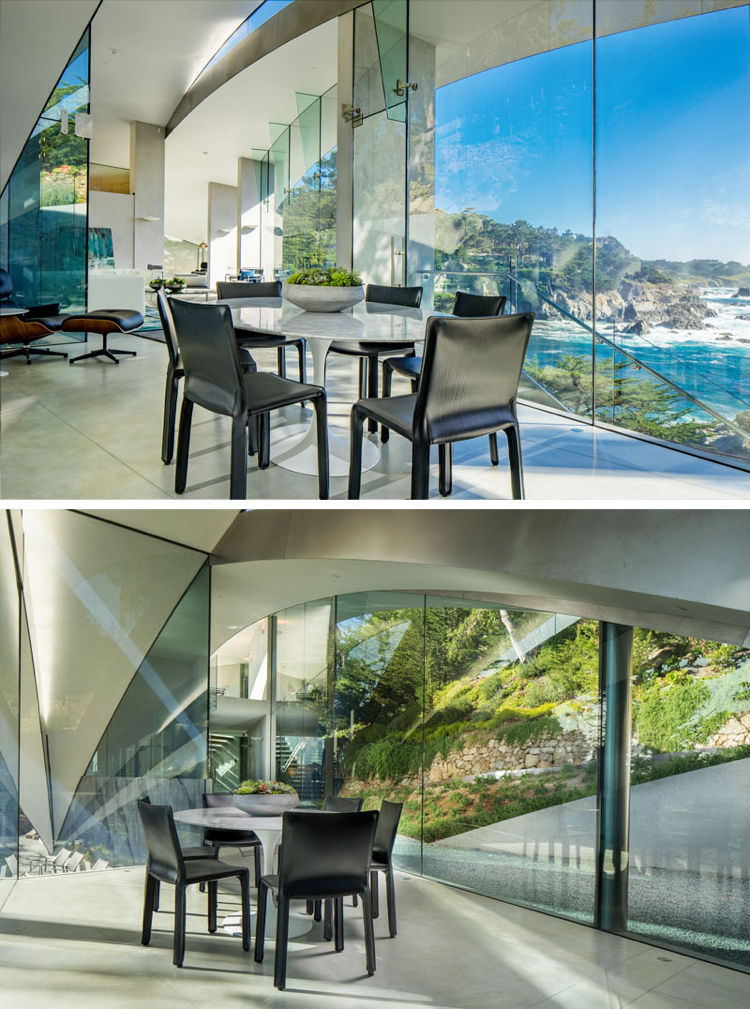
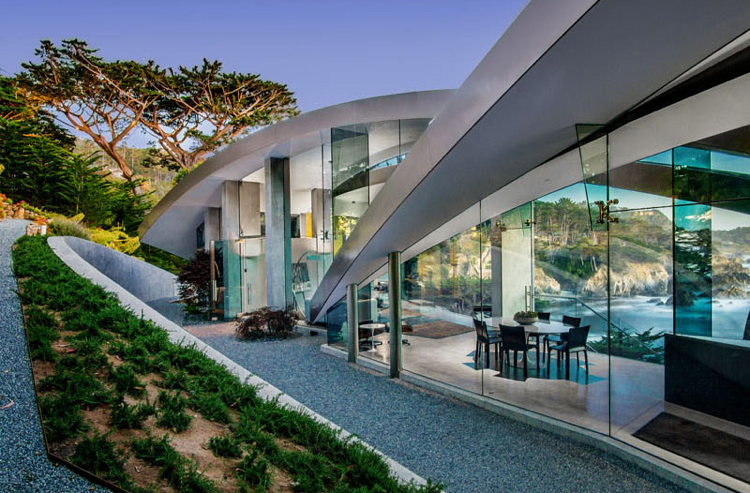
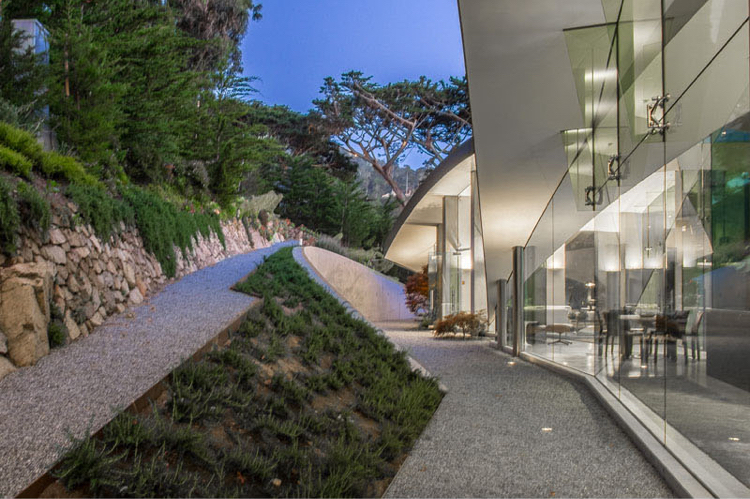
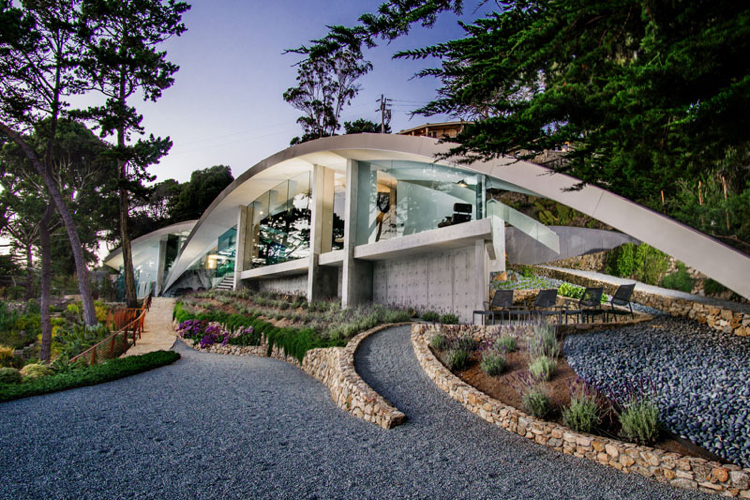
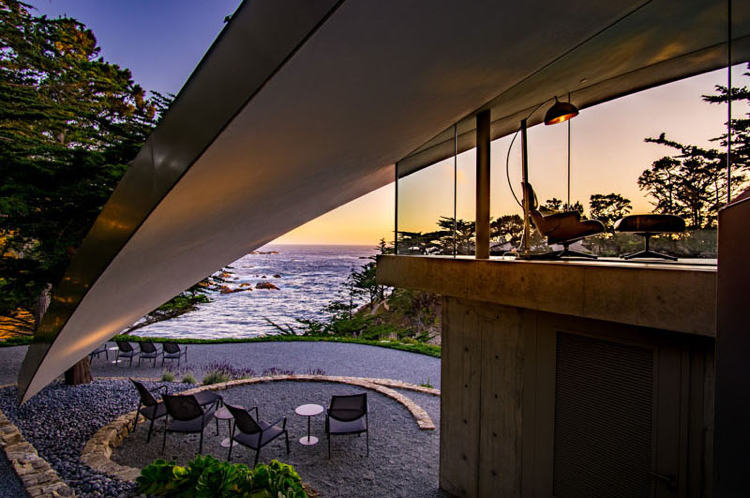
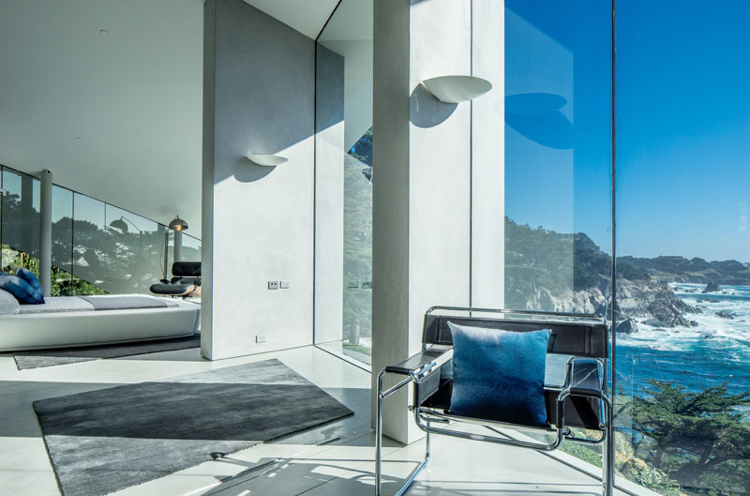
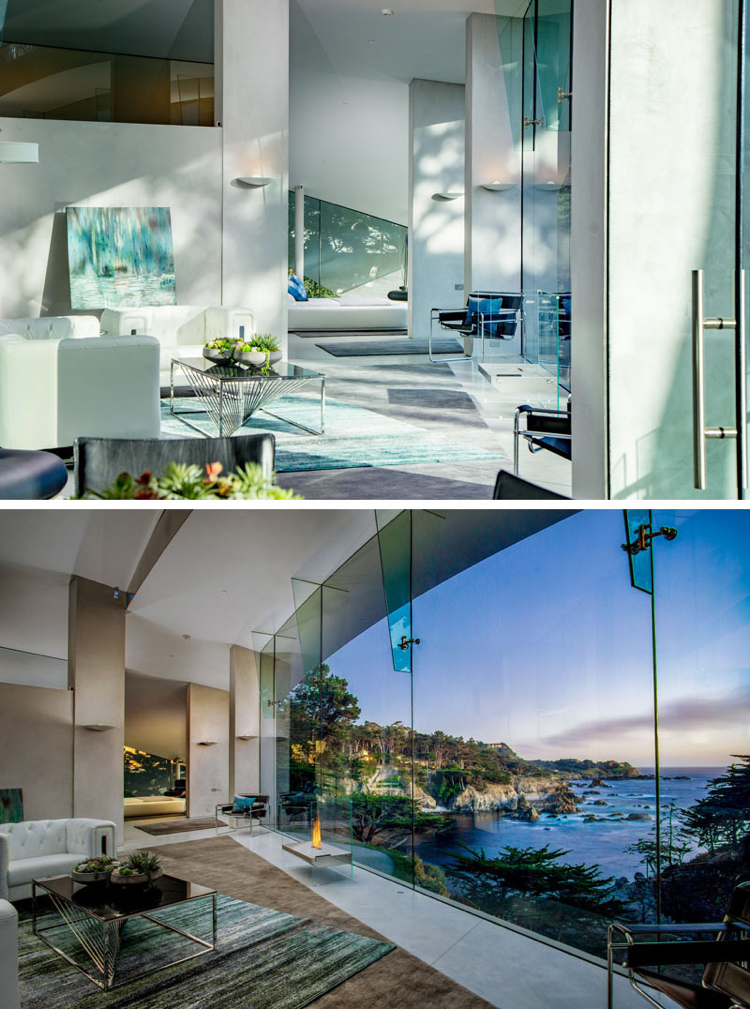

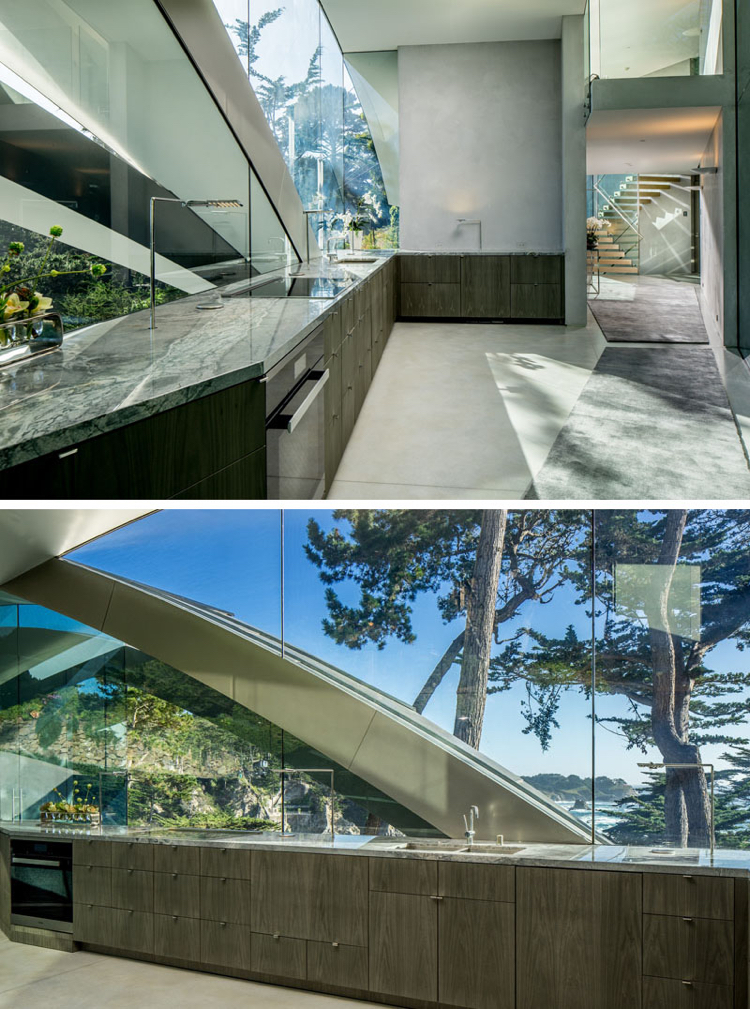
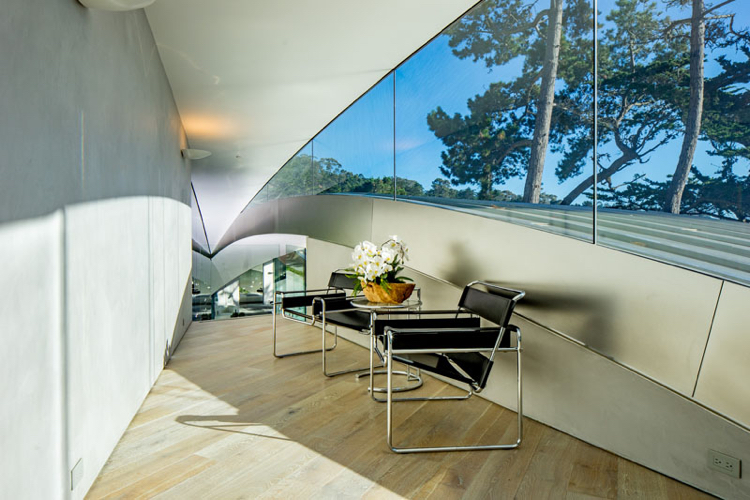
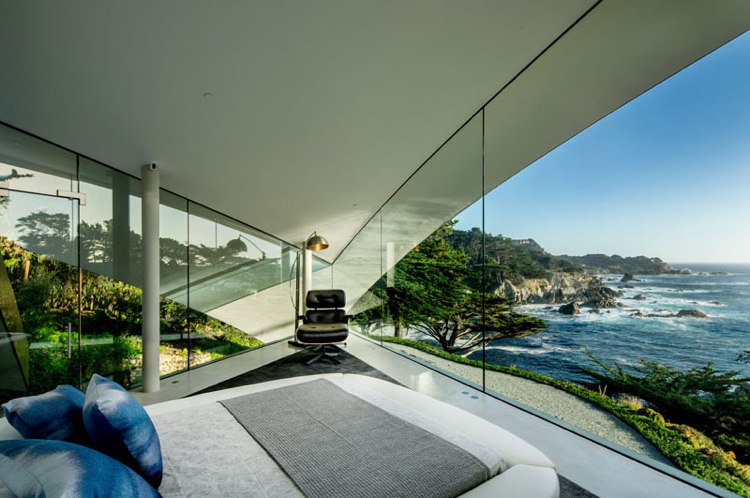
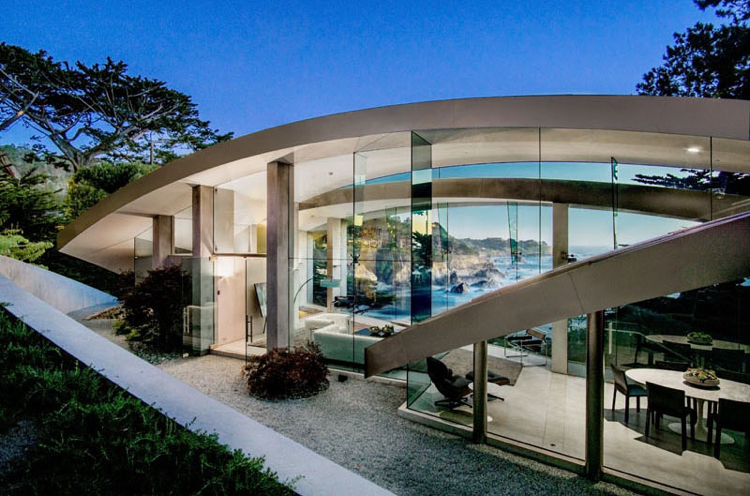
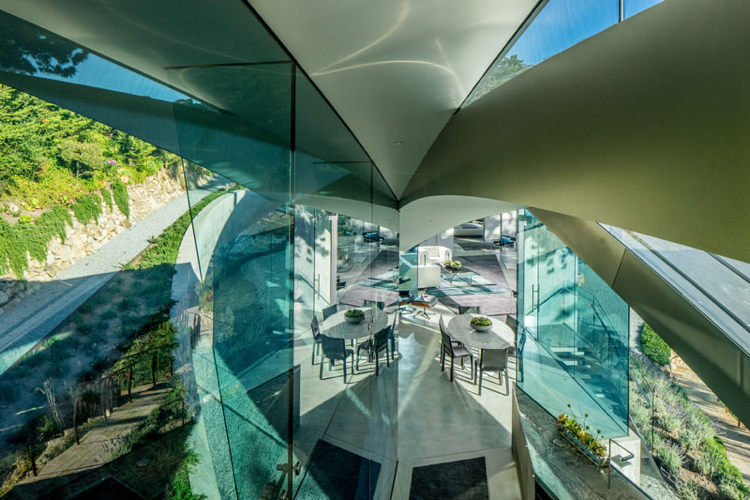
Architecture, Façade, farreaching, Glass, Makes, Possible, Sculptural, Views
Filed under: Home Decorating
![]()
10 Tips to Help Your Houseplants Survive Fall & Winter

With end of Daylight Savings near, you’re not the only one anticipating (or rather dreading) the harshest months of the year. Pretty soon, your houseplants will be busy dodging drafts and soaking up every last ray of dwindling sunlight. To give your ferns and fiddle leaf figs a fighting chance at survival, follow these ten tips for winter plant care to get your plants through the worst of it.
The benefits of laminate flooring
When you’re considering which flooring to choose for your home, there are several things to think about, including durability, practicality, and of course how good it looks.
If you’re wanting a floor which is visually appealing, is easy to clean, and will stand up to heavy footfall, then laminate flooring could be an ideal solution.
Durability:
One of the major benefits of laminate flooring is that it’s very durable, and this is mainly down to how it is constructed.
Laminate is typically made up of four different layers; the stabilizing layer, core, decorative or image and wearlayer. The first to these is the very bottom of the flooring, which provides a protective barrier between the subfloor and the coreboard, which creates equality on either side of the plank ensuring there is no unnecessary movement within the board.
The core layer compromises of High Density Fibreboard, which is made of highly compacted wood fibres and resins which support the weight of the people who walk over it.
The image layer is exactly that – the layer on which the image is printed, which gives the laminate that real wood look.
Finally, the wear layer is made of cellulose paper which is saturated with a melamine plastic resin. This protects the flooring from fading, wear and tear and stains.
Unlike real wood flooring, laminate is also waterproof, making it a better solution for kitchens, utility rooms and bathrooms.
Style:
Laminate flooring is available in a range of different styles, including those which replicate various species of wood, from oak to walnut and everything in between.
Many laminate options also come with a textured grain effect and embossed patterns, which make them almost indistinguishable to the genuine article.
Maintenance:
Another advantage to laminate flooring is that it is easy to clean and maintain. Regular sweeping and wet mopping will keep your laminate in top condition and ensure that it lasts for as long as possible.
Cost:
It’s no surprise that laminate is considerably cheaper than it’s real wood alternatives, which makes it an ideal option if you are looking to redecorate on a budget.
Even if the purse strings are tight, laying a laminate floor can give your home a fresh new look, and can improve its appeal on the housing market when you’re ready to move on.
Asian Style Window Treatments
If you want to have Asian style window treatments in your home , you have a wide variety of options to choose from. This particular style of decorating incorporates elements from Japan, China, Vietnam, Korea, Thailand and many other countries. Sometimes it’s the colors you use that will reflect this theme. For instance, in a Japanese theme, you will have mainly green, black, beige and yellow. The curtains you use will have embroidery around the edges or even throughout the fabric. A Chinese theme will have bolder colors, such as dark browns, greens, burgundy and a mustard yellow. Red is predominant in an Asian theme because it is believed to be the color of good luck.
There are also Asian styles in blinds and shades for your windows. Choose blinds made of kiln dried bamboo matchsticks. The blinds roll up and the hardware is extremely durable. The stitching of the matchsticks is very tight allowing very little light to shine through. If you want a true Oriental look for your room, then this window covering will achieve that objective.
Along with decorating the window according to an Asian theme, you can also extend the theme to the whole room. Add tatami floor mats, sliding paper screens, framed prints for the wall and decorative vases on the tables. You might also like to have Tatami blinds, which will coordinate with your floor coverings perfectly. They look almost like bamboo blinds, but seem offer better control over the amount of light that passes
through them.
